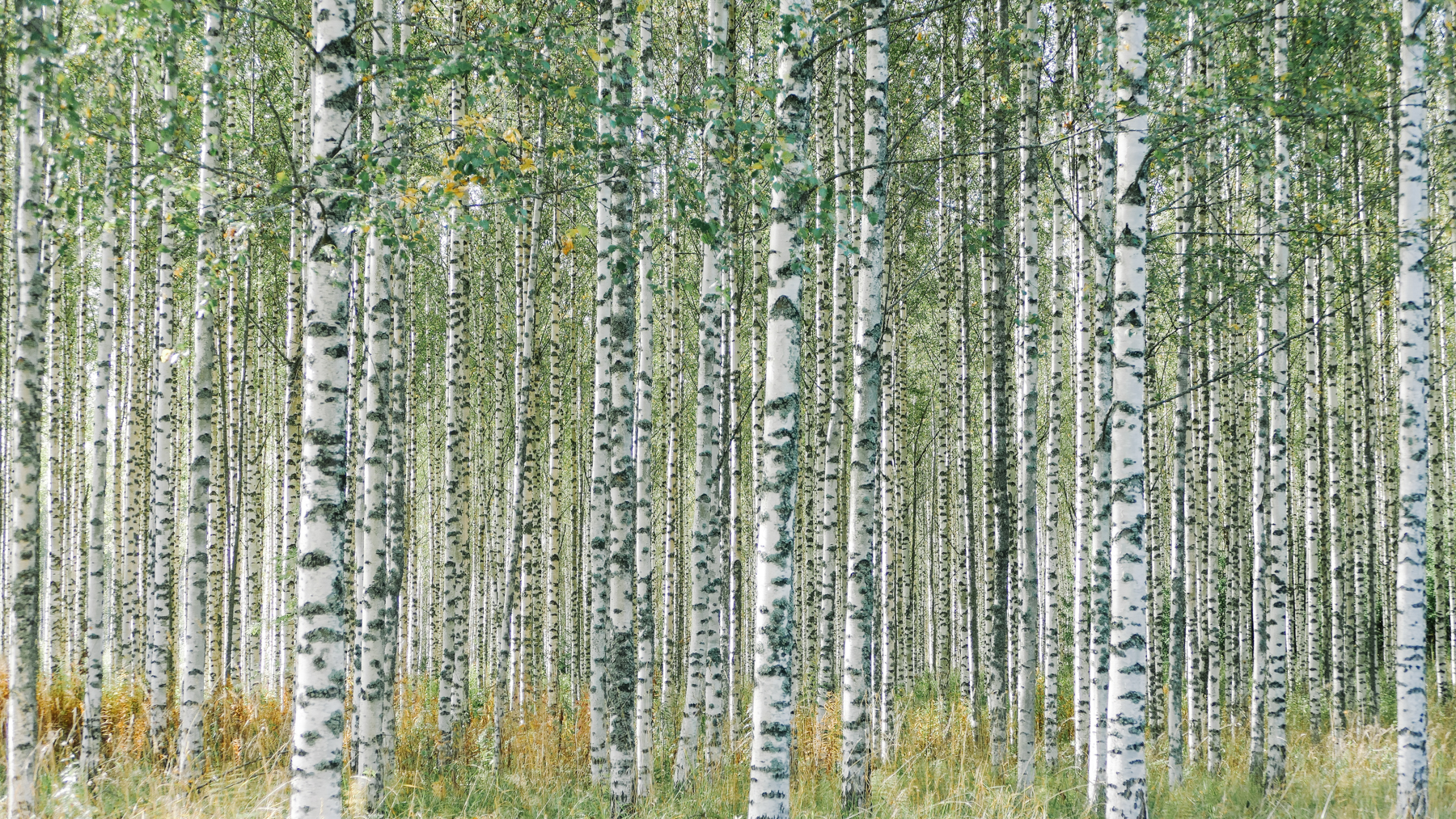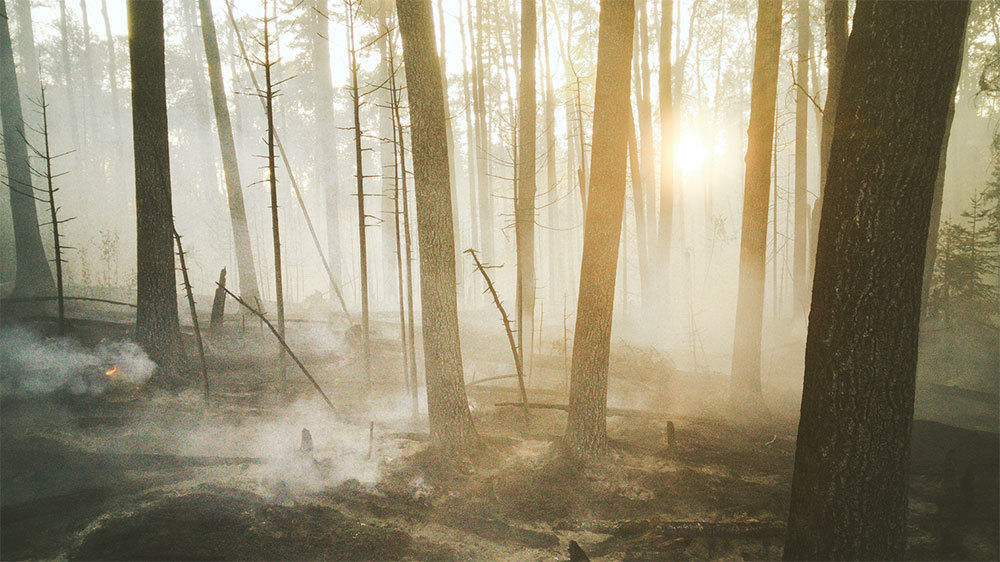Biofuels can replace fossil-fuels, paper packaging can substitute plastics, biochemicals can replace fossil-based chemicals in industry and more wood in construction can be better for the environment than using concrete.
UPM uses a lot of energy in its operations, but luckily it has access to great renewable fuels. Early in 2020 UPM signed a major deal with the German wind power company wpd to supply clean wind energy to paper mills. Logging residues and wood by-products can also be used as fuel in UPM factories, and currently about 70% of the company’s fuels are biomass-based. Additionally, the company has a target to improve energy efficiency by 1% annually.
The third pillar of meeting the 1.5°C commitment is climate positive forestry. In many ways climate positive forestry is the least understood aspect of UPM’s business, but it is also critically important.
 In Finland, UPM’s forests have an annual carbon sink of 1.3 million tonnes of CO2eq.
In Finland, UPM’s forests have an annual carbon sink of 1.3 million tonnes of CO2eq.
Photo: Elisa, Unsplash
More trees mean more carbon sinks
UPM has about 850,000 hectares of company forests – mostly in Finland and Uruguay – and manages another 1.1 million hectares of private forest in Finland. To put this into perspective, this is almost equivalent to the size of Slovenia.
“Over the past fifty years we have doubled our growing stock in Finland, as measured in cubic metres of wood,” says Sauli Brander, SVP, UPM Forest. “This is a large carbon sink, so we need to manage it properly.”
UPM’s forests in Finland are semi-natural and mostly consist of spruce, pine and birch trees which have an annual carbon sink of 1.3 million tonnes of CO2eq during the last five years. In Uruguay the forests are plantations of eucalyptus trees. These are vastly different types of forests, but they are both managed with the future in mind. A key principle is not to harvest more than you grow.
“In 1990 we established our plantations in Uruguay on land that hadn’t been covered by forests since the 1500s,” says Sami Oksa, Director, Stakeholder Relations, UPM Forest. “Now we have 40 million tonnes of carbon sequestered in the Uruguay plantations and the carbon storage is still increasing.”

Research has found that forests ravaged by fire can be emitters of CO2.
Photo: Landon Parenteau, Unsplash
Proper forest management
UPM plays no part in deforestation; forests are always regrown after harvesting. New trees can be encouraged to regenerate naturally, or nature can be helped along by sowing seeds or planting seedlings. UPM has three nurseries that produce about 50 million seedlings annually. These strong, healthy seedlings can grow twice as fast as a normal seed. The faster they grow, the faster they absorb carbon dioxide from the atmosphere.
Yet forests aren’t simply planted and then ignored. The Finnish forests are managed through a thinning process over their rotation time. Some trees are selectively harvested from an area, allowing more light to the remaining trees. They, in turn, are healthier and grow faster.
Actively thinned forests can sequester more carbon than unmanaged forests, which may be unhealthy due to damage. This was noted in Canada, where a national study found forest lands managed for timber were carbon sinks but those ravaged by fires or insects were net emitters of CO2.
Sustainable forestry in the new bioeconomy
“All of our own forests are certified either by the PEFC™ or FSC® (FSC®-C109750), and usually by both,” says Brander. “Certification is a voluntary step above and beyond what is required by law. This is so end-users know that we practice sustainable forestry.”
Forests are the second largest absorber of CO2 after the oceans. They will play a major role in combating human-induced climate change, as long as they are properly managed.
“Sustainable forestry is a climate positive endeavour,” says Brander. “UPM is part of the new forest industry, the new bioeconomy. We are replacing fossil-based products by offering renewable and recyclable alternatives, made of wood. I think what we are accomplishing is an excellent story and everyone at UPM should be proud of our climate positive forestry.”
Text: David J. Cord
 In Finland, UPM’s forests have an annual carbon sink of 1.3 million tonnes of CO2eq.
In Finland, UPM’s forests have an annual carbon sink of 1.3 million tonnes of CO2eq.